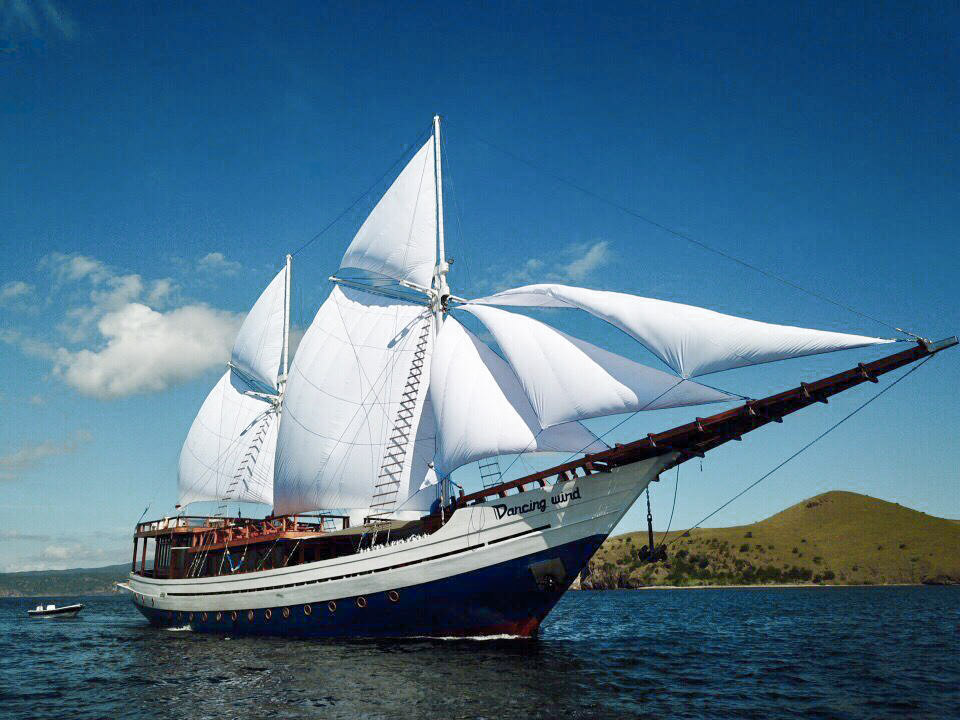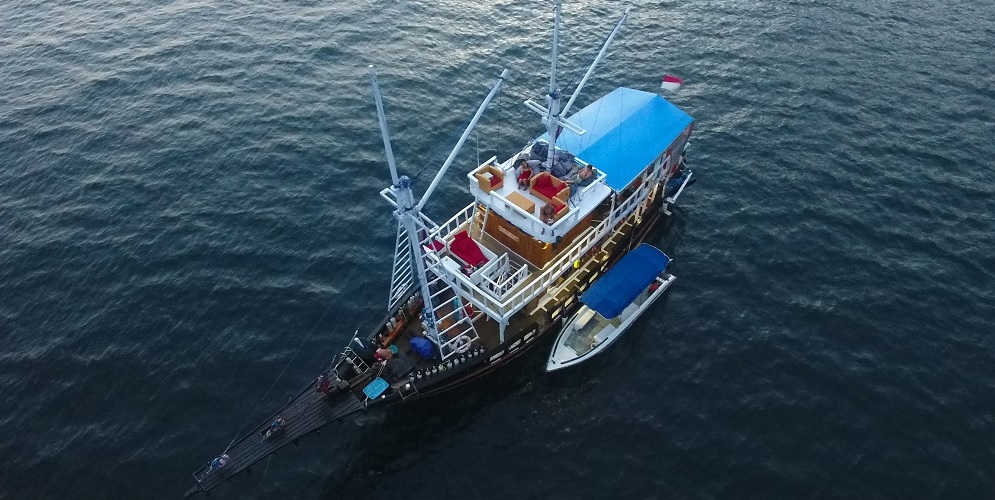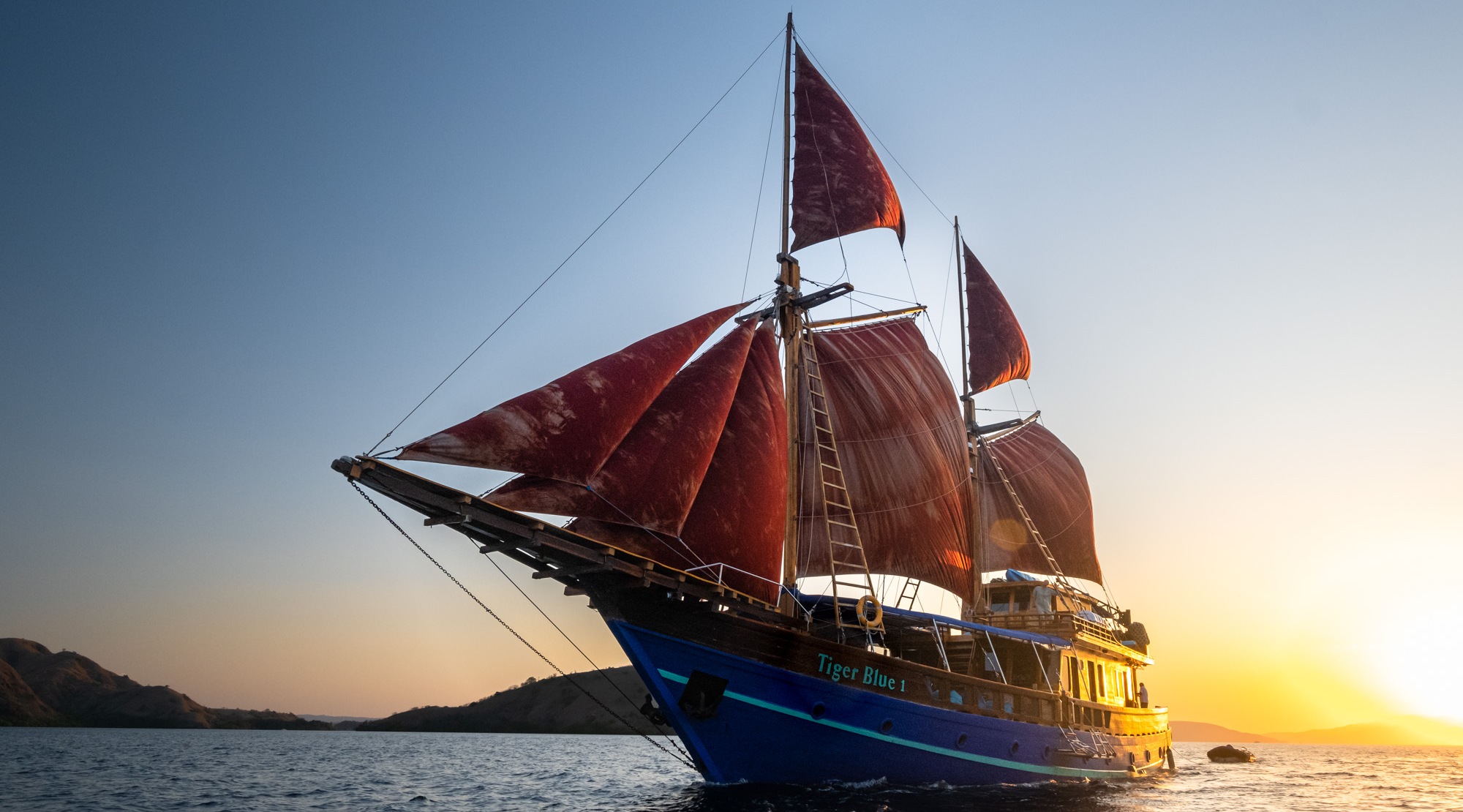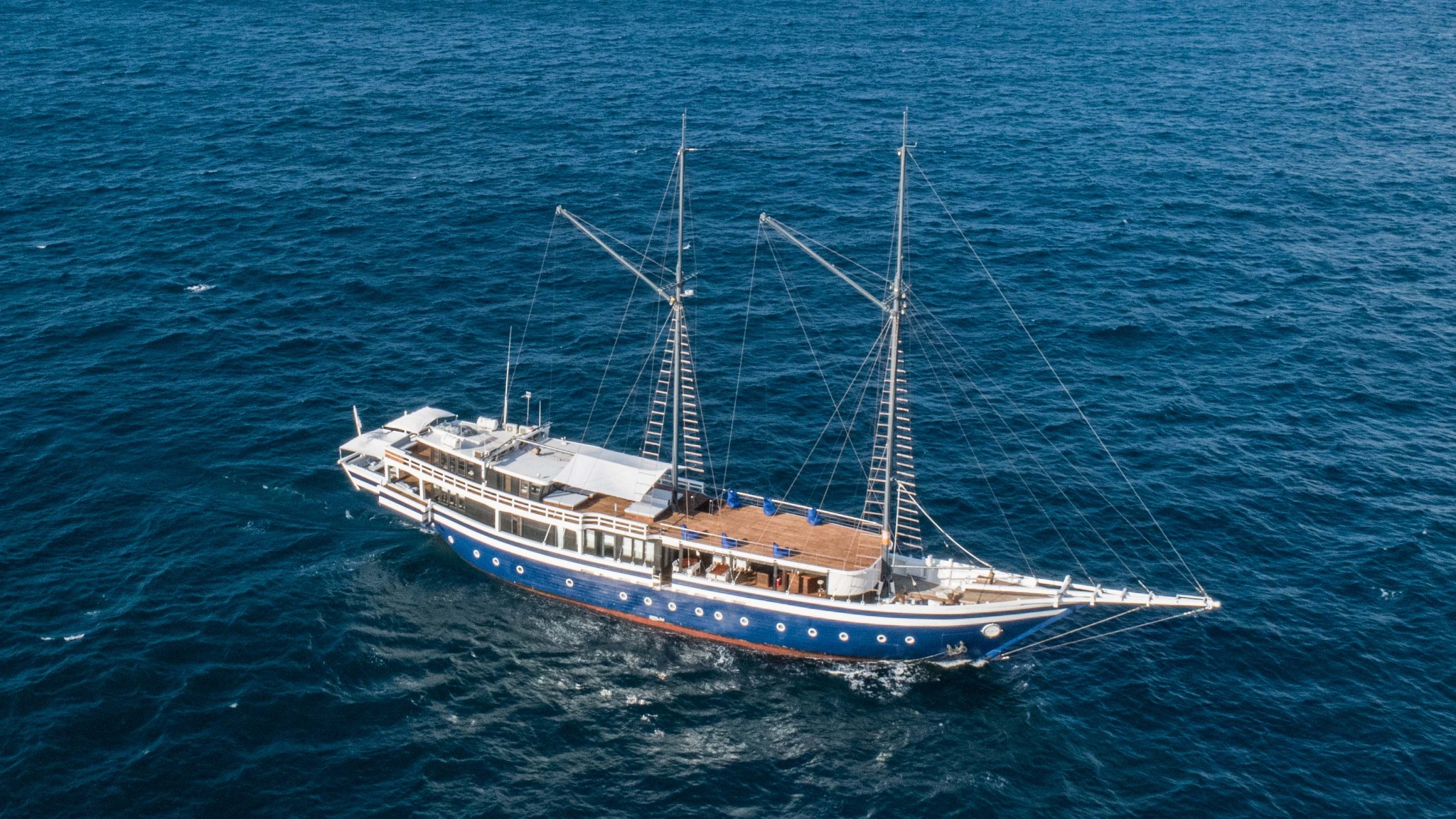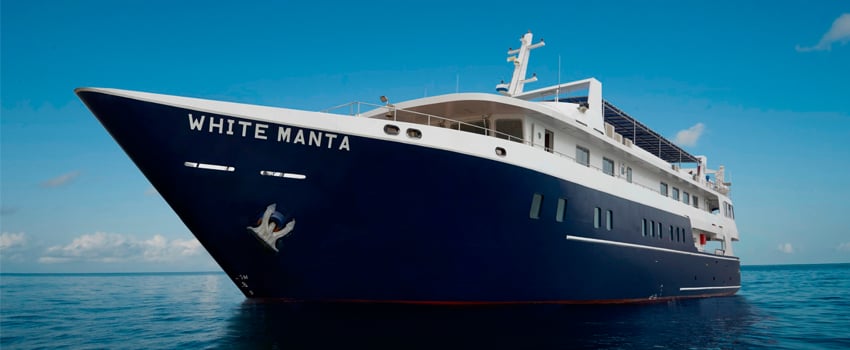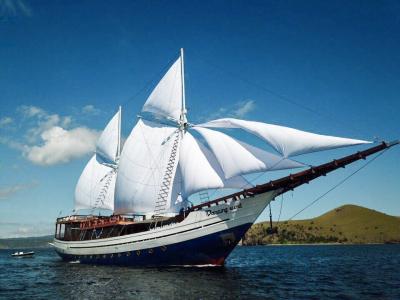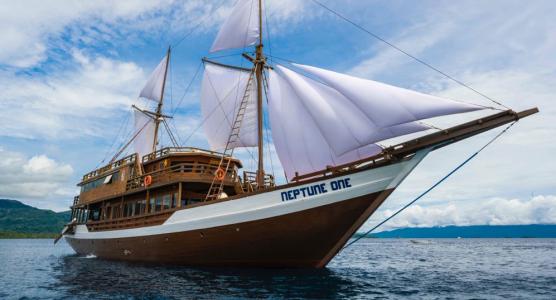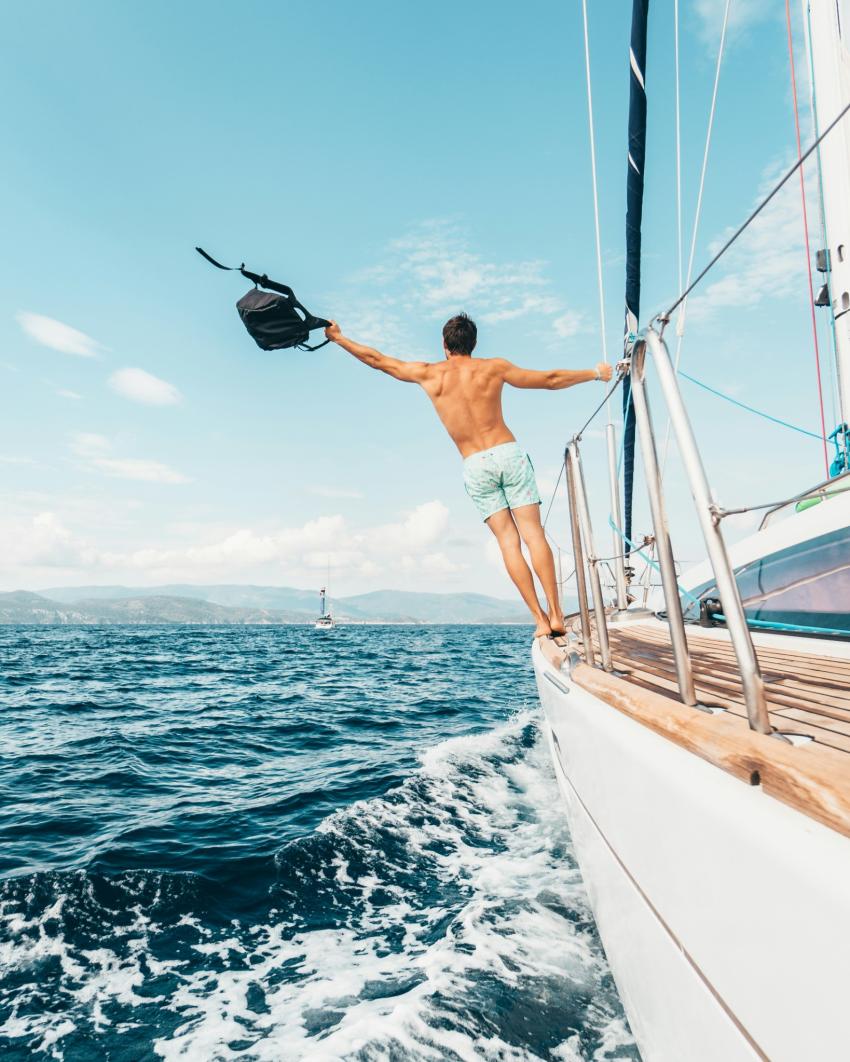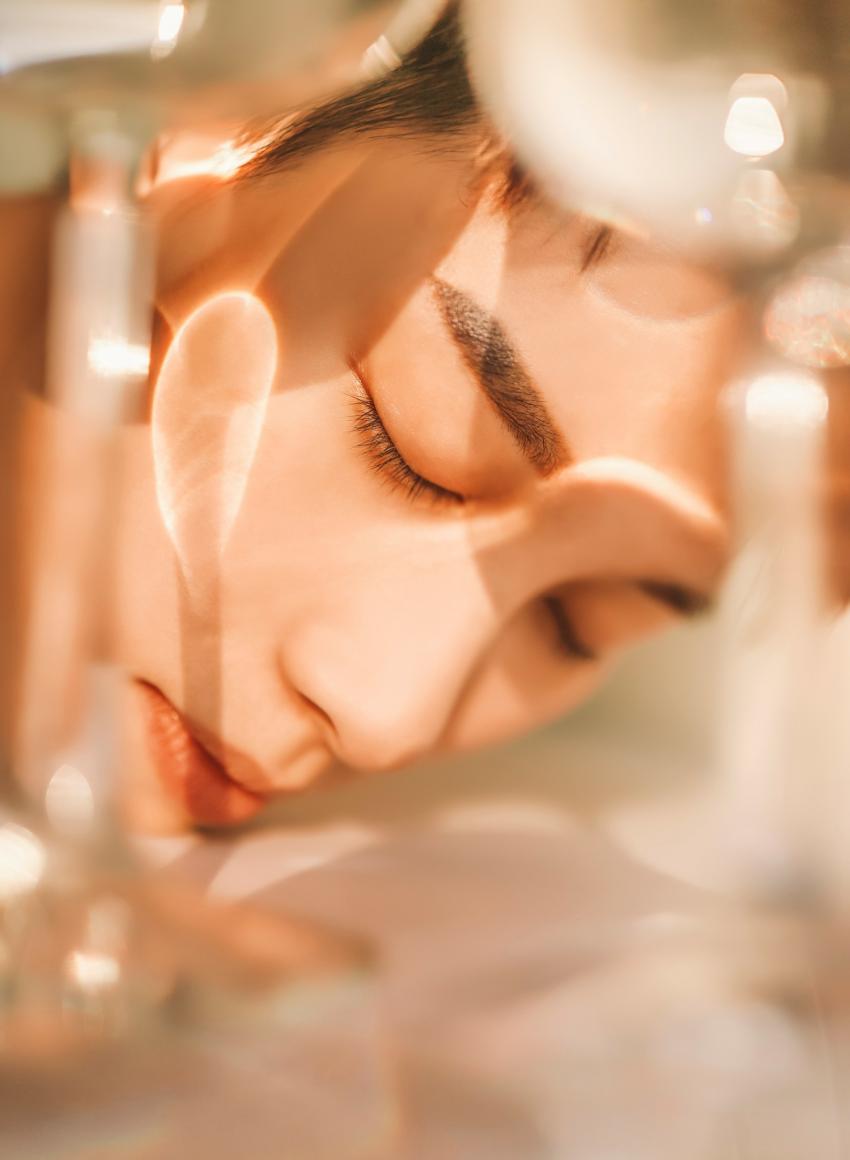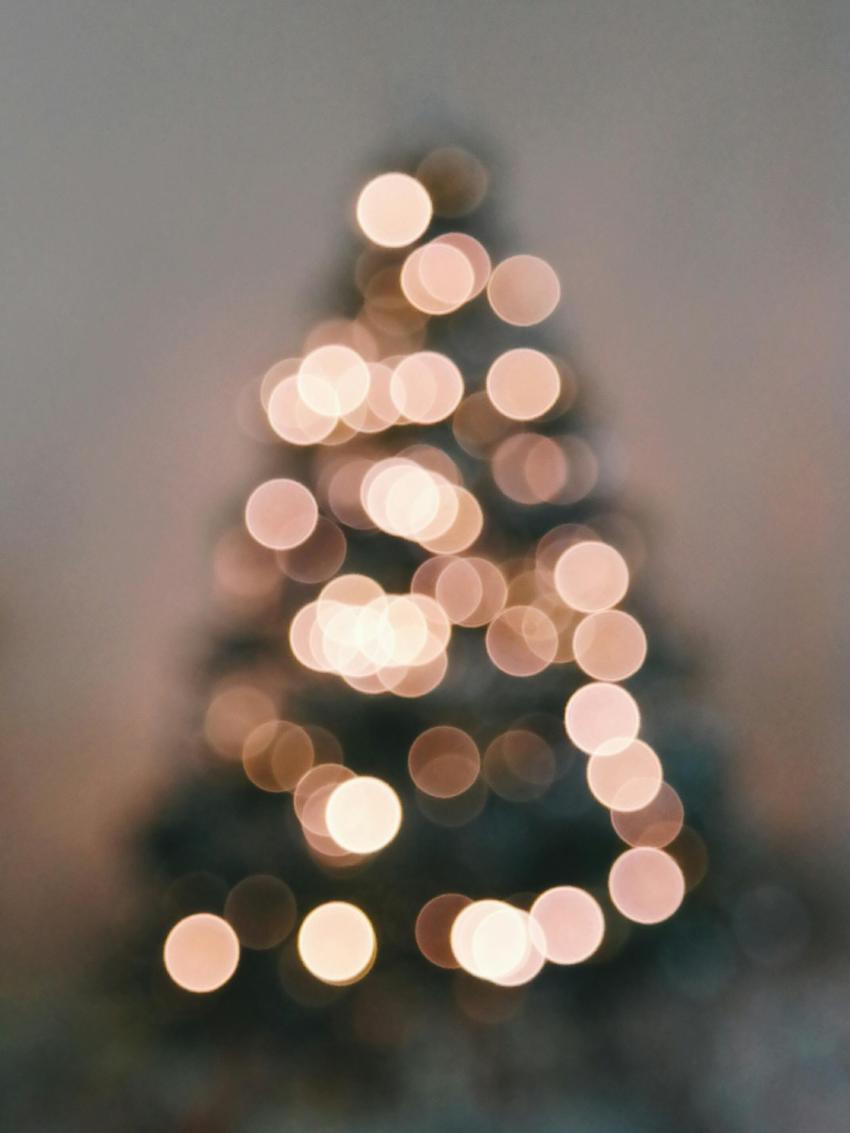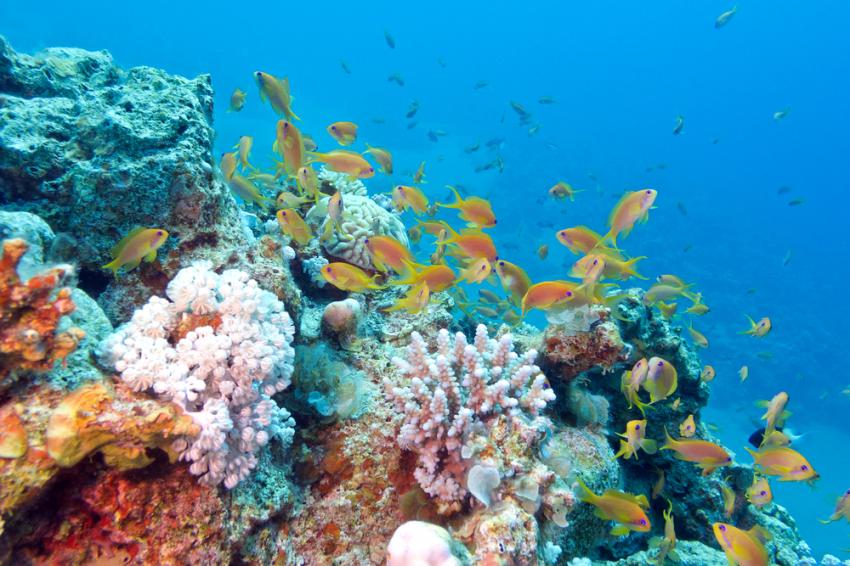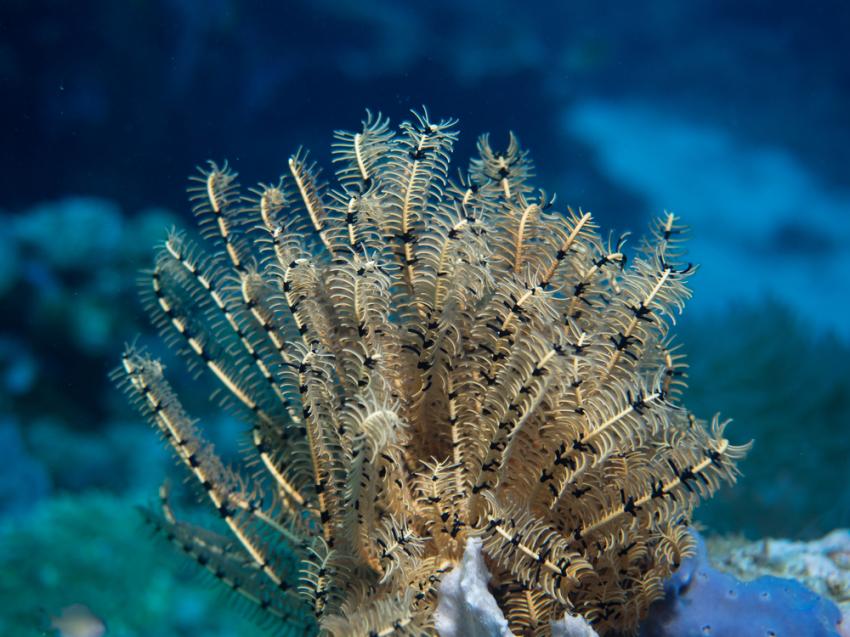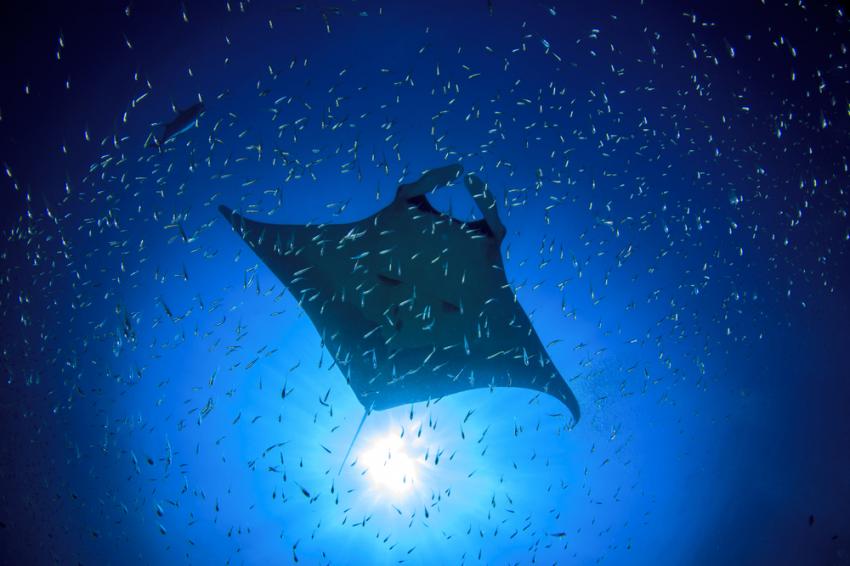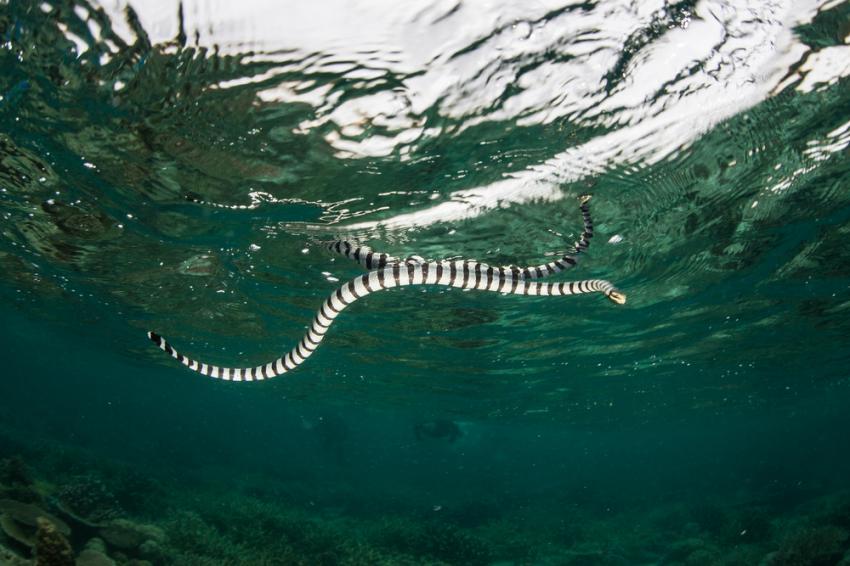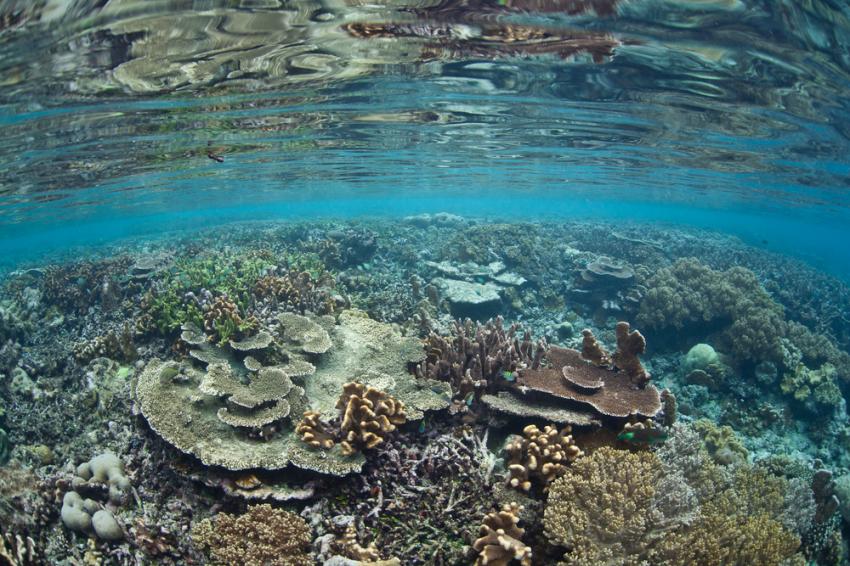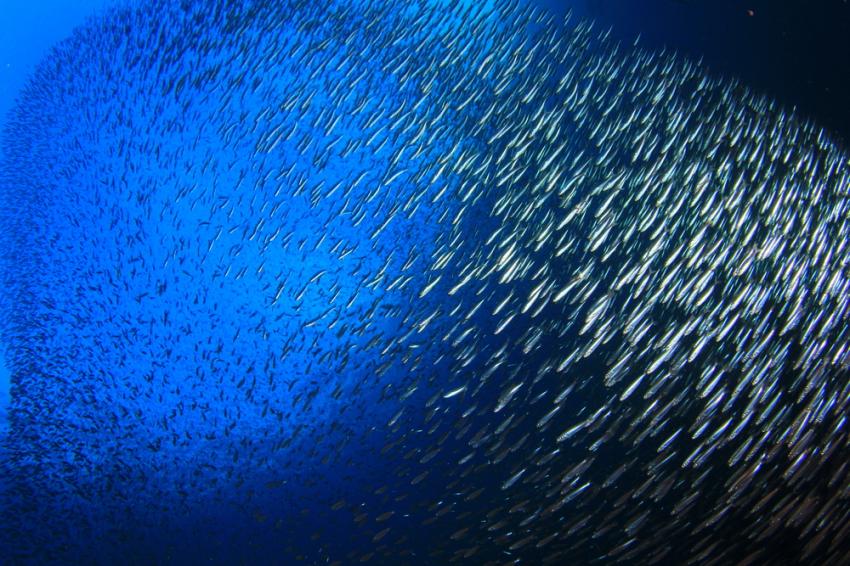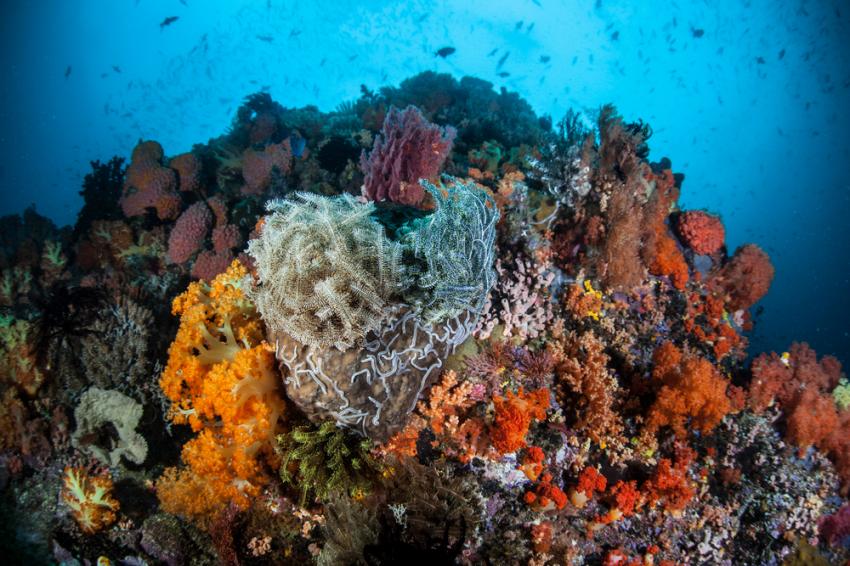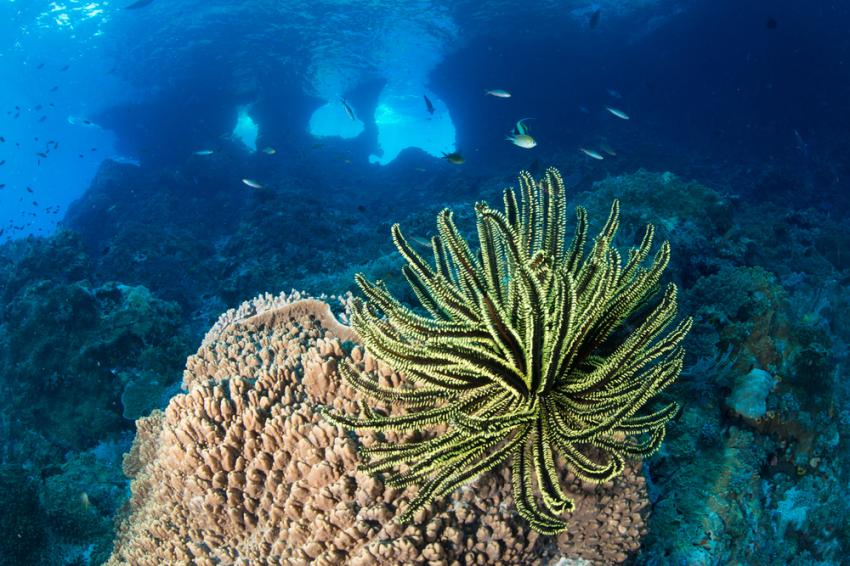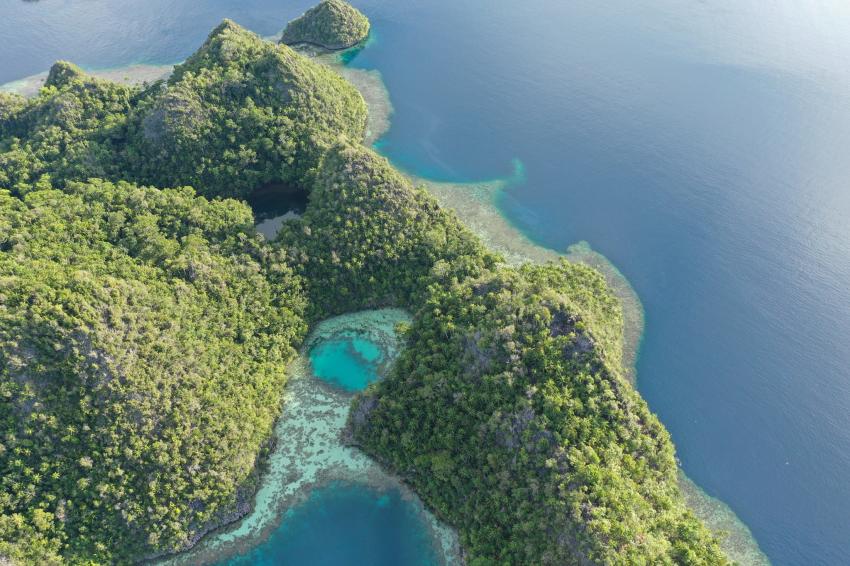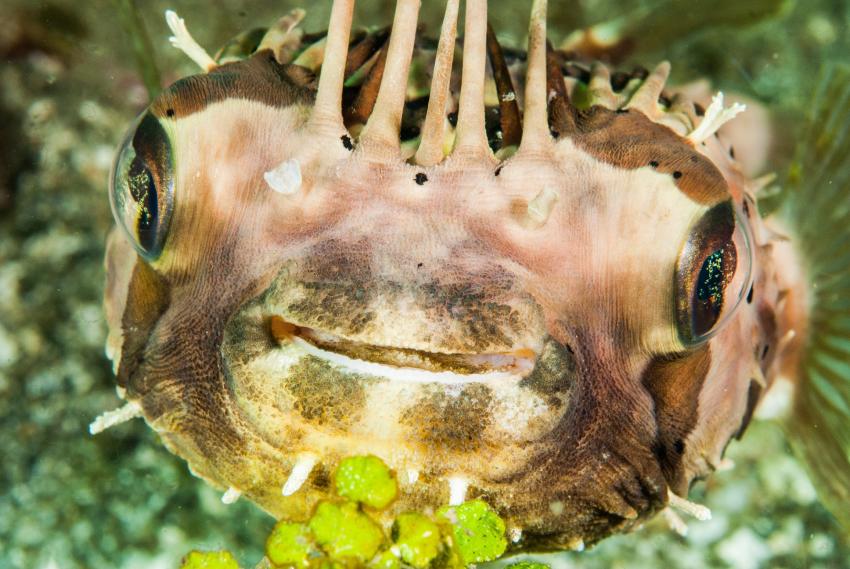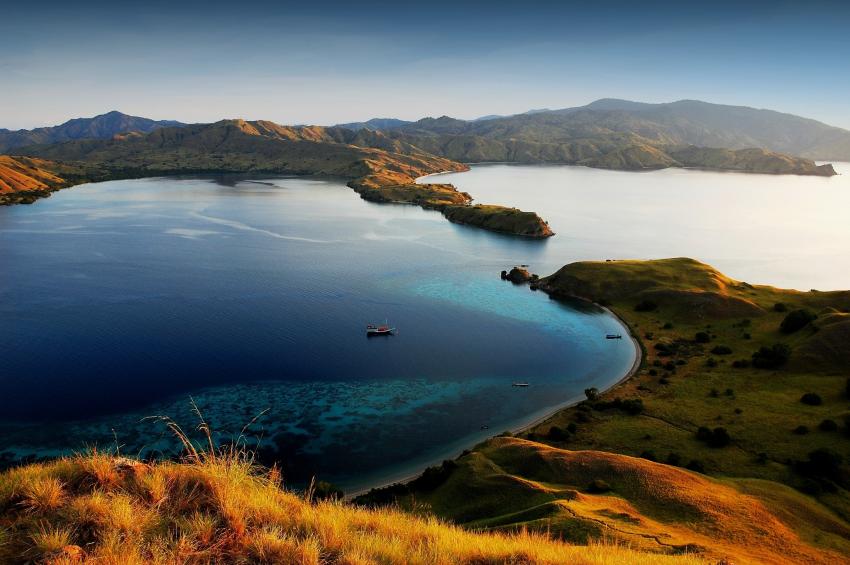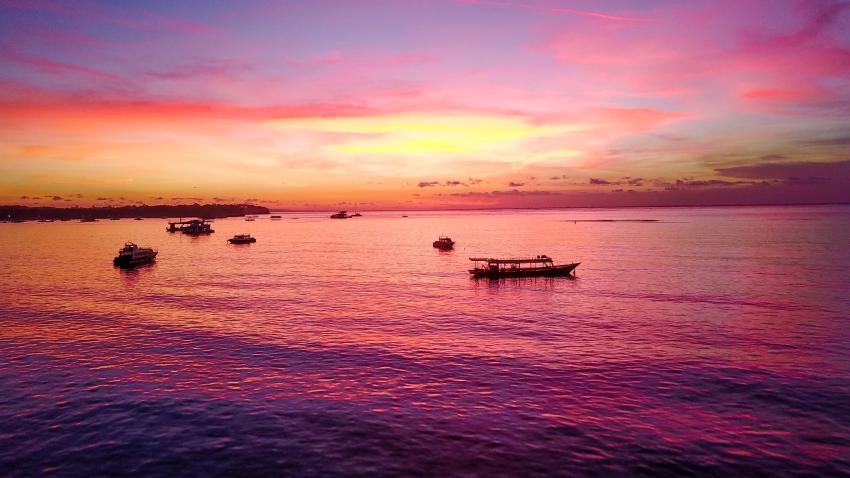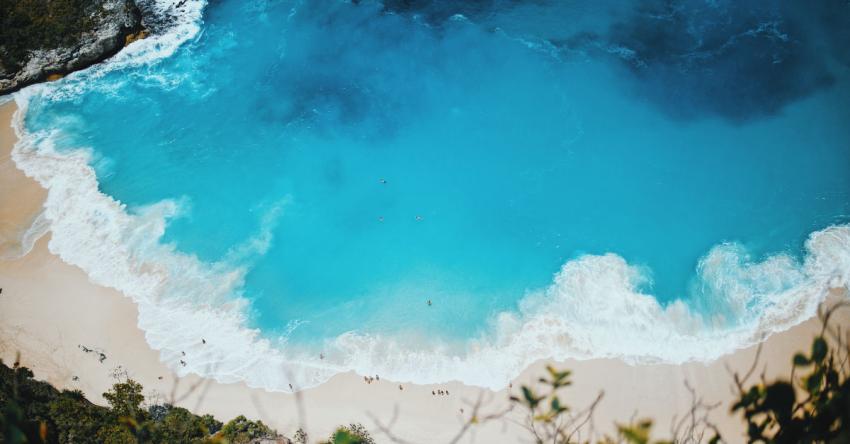
Raja Ampat Liveaboard Diving
60% of divers returns to us
Best Raja Ampat Liveaboards
Raja Ampat Liveaboard Deals
Handpicked Raja Ampat Liveaboard Collections
Scuba Diving in Raja Ampat
Raja Ampat, located in the West Papua province of Indonesia, is a remote and pristine archipelago. The nearest airport to Raja Ampat is Domine Eduard Osok Airport (SOQ) in Sorong, West Papua. Sorong is the main gateway to Raja Ampat and serves as the starting point for most visitors. To reach Sorong, you will need to book an international flight to one of Indonesia's major airports such as Jakarta, Bali. This archipelago encompasses over 1,500 islands, each offering unique underwater landscapes and a mesmerizing array of marine creatures.
Diving in Raja Ampat unveils a treasure trove of biodiversity. Among the coral reefs, encounters with colorful reef fish such as angelfish, butterflyfish, and parrotfish are a common sight. Delicate seahorses and elusive pygmy seahorses can be found hiding among the vibrant corals, while vibrant nudibranchs showcase their striking colors. As you descend into the crystal-clear waters, you may witness the graceful movements of sea turtles gliding by. Reef sharks, including whitetips and blacktips, patrol the depths, adding an element of excitement to your dives. Lucky divers might even spot majestic manta rays gracefully soaring through the water or encounter the elusive wobbegong shark resting on the sandy seabed. The underwater landscapes of Raja Ampat are a true spectacle. Massive coral formations create intricate mazes, adorned with colorful soft corals, sea fans, and sponges. Walls covered in vibrant hard corals provide shelter for a myriad of marine life, while stunning coral bommies rise like underwater towers.
Exploring the islands within the Raja Ampat archipelago offers a variety of dive experiences. From Misool's stunning lagoons and limestone cliffs to the rich coral gardens of Batanta and the vibrant reefs of Waigeo, each island has its own distinct charm and unique underwater offerings.
Liveaboard diving in Raja Ampat provides the opportunity to fully immerse oneself in this marine paradise. Drifting from one dive site to another, divers can witness the incredible biodiversity, captivating underwater landscapes, and the delicate balance of this pristine ecosystem. It's a journey that will leave divers in awe and foster a deep appreciation for the natural wonders that Raja Ampat has to offer
Must See Raja Ampat Dive Sites
One of the most popular dive sites in Raja Ampat is the renowned Sardine Reef. Descending into the azure waters, divers are greeted by a breathtaking spectacle as countless sardines form massive swirling schools, creating a mesmerizing display of synchronized movement. Amidst this spectacle, divers can also encounter reef sharks, giant trevallies, and barracudas, adding to the excitement of the dive.
Another highlight is the famous Blue Magic dive site, known for its thrilling encounters with manta rays and other pelagic species. Drifting along the wall, divers may witness the graceful dance of these majestic creatures as they glide effortlessly through the water. Blue Magic is also home to an abundance of colorful reef fish, including angelfish, butterflyfish, and numerous species of vibrant corals.
Melissa's Garden, located in the central region of Raja Ampat, is a paradise for macro photography enthusiasts. The site showcases an extraordinary variety of small critters, such as pygmy seahorses, nudibranchs, and ghost pipefish. The vibrant coral gardens, adorned with sea fans and soft corals, create a picturesque backdrop for capturing the intricate details of these fascinating marine creatures.
Boo Island offers an exciting drift dive experience along its vibrant walls. Divers can expect encounters with reef sharks, schools of jacks, and Napoleon wrasses, while also being surrounded by an impressive variety of coral formations. The strong currents at Boo Island make for an exhilarating dive, providing a sense of adventure and showcasing the dynamic nature of Raja Ampat's underwater world.
Manta Sandy is a must-visit site for manta ray enthusiasts. This cleaning station attracts these majestic creatures, offering divers an up-close and personal encounter. Watching these gentle giants glide through the water while getting cleaned by smaller fish is a truly magical experience that leaves a lasting impression.
Cape Kri holds the record for the highest number of fish species ever recorded on a single dive. Divers can expect a vibrant display of marine life, including schools of barracudas, trevallies, and fusiliers, as well as encounters with sharks and turtles. The sheer biodiversity of Cape Kri makes it a dive site that never fails to impress.
These are just a few examples of the incredible dive sites that await adventurers in Raja Ampat. Each site offers its own unique marine encounters, stunning coral formations, and a sense of awe-inspiring beauty that showcases the magnificence of this world-renowned diving destination
When To Go Diving in Raja Ampat
The best time for diving in Raja Ampat is during the dry season, which typically spans from October to April. During these months, the weather conditions are more favorable, with calmer seas, minimal rainfall, and better visibility underwater. The peak diving season in Raja Ampat is generally considered to be from November to March when the conditions are at their optimal best.
It's important to note that Raja Ampat experiences tropical weather, and occasional rain showers can occur even during the dry season. However, these showers are typically short-lived and do not significantly impact diving conditions.
In Raja Ampat, the water temperature ranges between 27°C to 30°C (81°F to 86°F) throughout the year. The region experiences warm tropical waters, which provide comfortable diving conditions for divers. However, it's important to note that water temperatures can vary slightly depending on the specific dive site and depth.
As for currents, Raja Ampat is known for its variable and sometimes strong currents. The strength and direction of currents can change depending on the tidal movements and lunar cycles. Some dive sites, such as those located in channels and narrow passages, can experience stronger currents, offering exhilarating drift dives. These currents bring nutrient-rich waters, attracting a diverse range of marine life
Frequently Asked Questions About Raja Ampat
Where do Raja Ampat liveaboard cruises start?
Most liveaboard cruises in the islands of Raja Ampat embark mainly from Sorong since it directly accesses the archipelago's most well-known dive sites. There's incredible marine bio-diversity in the place, and with Sorong being strategically positioned as the base for departure, it acts as a focal point to start multi-day odysseys sailing around the islands of the Raja Ampat archipelago. Popular diving sites include the Dampier Strait, the islands around Misool, and remote areas in the north and south of the park.
Passengers may travel to Sorong on Domine Eduard Osok Airport, which has frequent domestic flights from principal Indonesian cities like Jakarta, Makassar, and Manado. Airport transfers to the boat are generally booked by liveaboard operators on arrival. Sorong liveaboard diving holidays offer divers a chance to dive both the main islands and far-flung locations like Misool, known for limestone cliffs, secluded bays, and coral-covered slopes
What diving experience is required for a Raja Ampat liveaboard?
Is diving in Raja Ampat considered difficult?
Is Raja Ampat suitable for beginner divers?
Although Raja Ampat is best known for advanced-level diving, some beginners can join certain liveaboard itineraries focusing on more sheltered dive sites. Some liveaboard cruises also cater to a broader range of skills by employing flexible dive planning and alternative excursions like snorkeling or shore excursions. However, new divers should be aware that the strong currents and remote locations pose challenges. Those who have only Open Water certification are recommended to get more experience or undergo higher-level training before joining a Raja Ampat liveaboard
